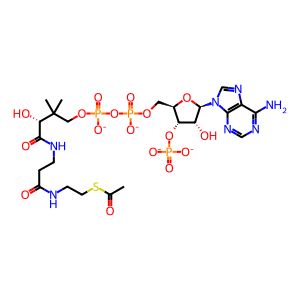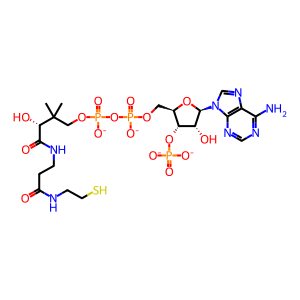Reaction: ATAT acetylates microtubules
- in pathway: Cilium Assembly
Cilia are enriched in acetylated tubulin, a marker that is associated with stability, and the kinesin motor preferentially travels on acetylated microtubules (Johnson et al, 1998; Reed et al, 2006; Cai et al, 2009). Alpha tubulin acetyltransferase (ATAT), also known as MEC17, has been shown to catalyze the acetylation of alpha tubulin at K40 (Akella et al, 2010; Shida et al, 2010; Montagnac et al, 2013; Taschner et al, 2012). ATAT preferentially acetylates polymerized alpha tubulin and may access the luminal K40 residue through 'breathing' of the microtubules protofilaments (Shida et al, 2010). ATAT was identified as an interacting protein with components of the BBSome, and siRNA knockdown of ATAT delays assembly of the primary cilium (Jin et al, 2010; Shida et al, 2010). BBIP1 is another component of the BBSome that has been shown to affect tubulin acetylation and stability, potentially through its interaction with HDAC6. BBIP1 exerts its effect on microtubule acetylation independently of its role as a component of the BBSome; it may exert its indirect effect by promoting ATAT-mediated acceleration, by counteracting HDAC6-mediated deacetylation, or by another mechanism (Loktev et al, 2008)
Reaction - small molecule participants:
CoA-SH [cytosol]
Ac-CoA [cytosol]
Reactome.org reaction link: R-HSA-5618328
======
Reaction input - small molecules:
acetyl-CoA(4-)
Reaction output - small molecules:
coenzyme A(4-)
Reactome.org link: R-HSA-5618328


